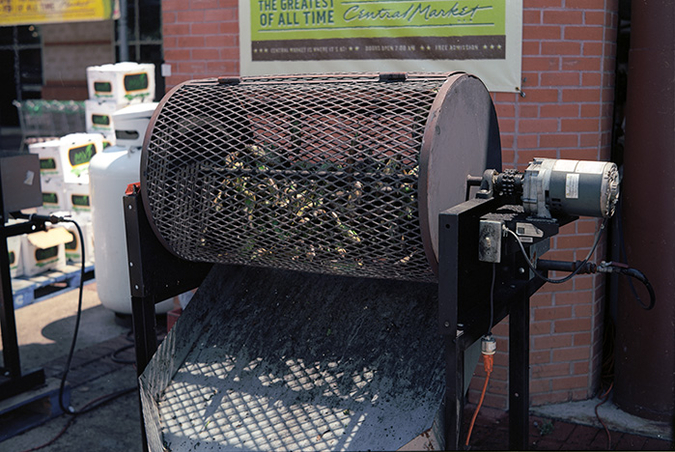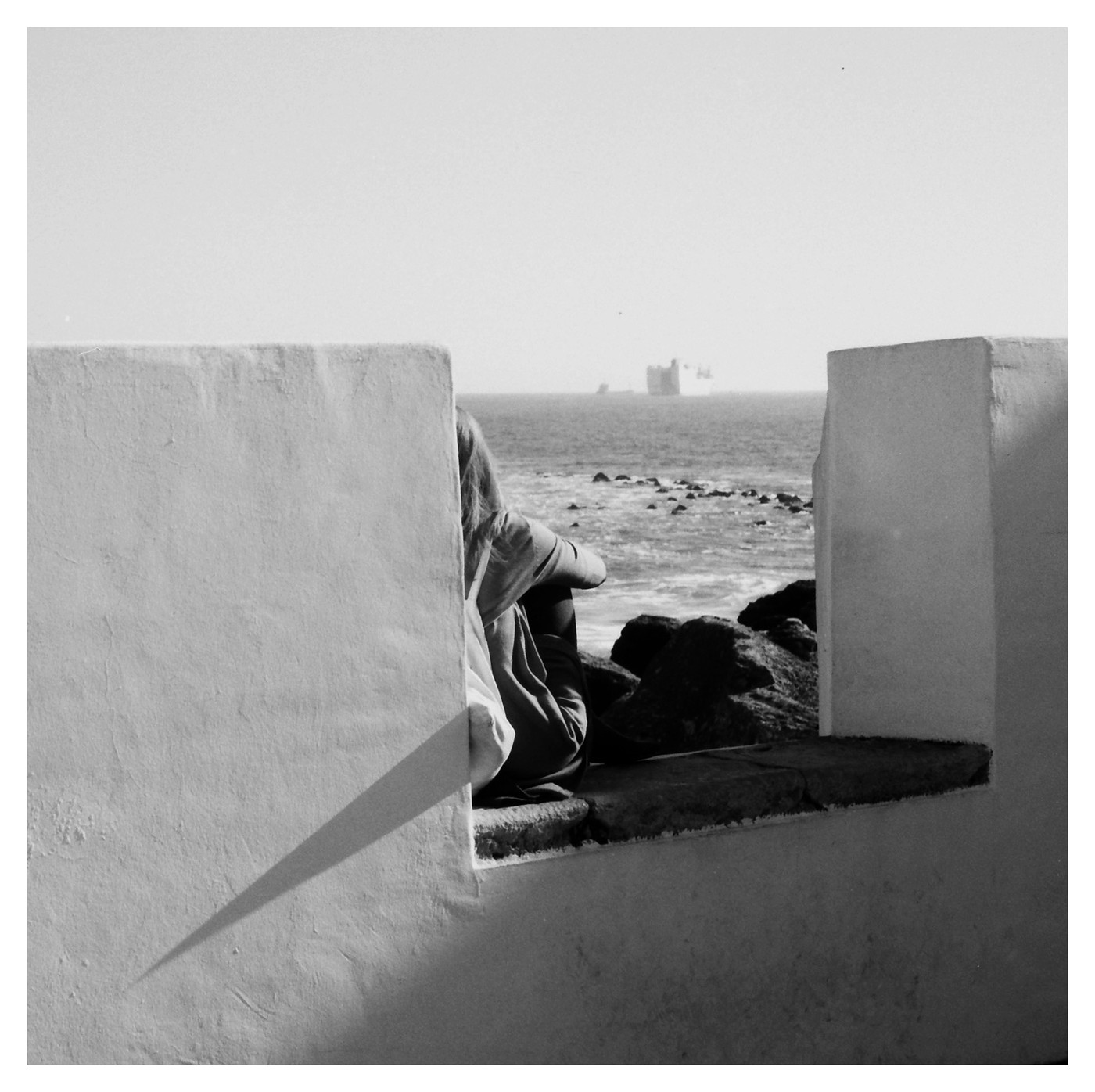Thomas78
Well-known
I have a Perkeo IIIe and sometimes take it with me on hiking tours.
It is my smallest 6x6 folder and my second smallest folder at all (my Ihagee 127 film 4x6.5 is smaller than a Rollei 35).
It has a uncoupled RF (but mine has one scale in feet and one in meters) and a red window film advance which I prefer because there is little chance that anything goes wrong with it. But it has a double exposure prevention.
But my favourite folder for using (despite its ergonomics) is My Moskva 5 which I got in really great shape.
For me it is an evolution of the pre war Super Ikonra C. The viewfinder is a classic one without (fainted) frame lines and the focus ring gives you a better grip since it is much wider compared to the Super Ikonta.
Gesendet von iPhone mit Tapatalk Pro
It is my smallest 6x6 folder and my second smallest folder at all (my Ihagee 127 film 4x6.5 is smaller than a Rollei 35).
It has a uncoupled RF (but mine has one scale in feet and one in meters) and a red window film advance which I prefer because there is little chance that anything goes wrong with it. But it has a double exposure prevention.
But my favourite folder for using (despite its ergonomics) is My Moskva 5 which I got in really great shape.
For me it is an evolution of the pre war Super Ikonra C. The viewfinder is a classic one without (fainted) frame lines and the focus ring gives you a better grip since it is much wider compared to the Super Ikonta.
Gesendet von iPhone mit Tapatalk Pro













